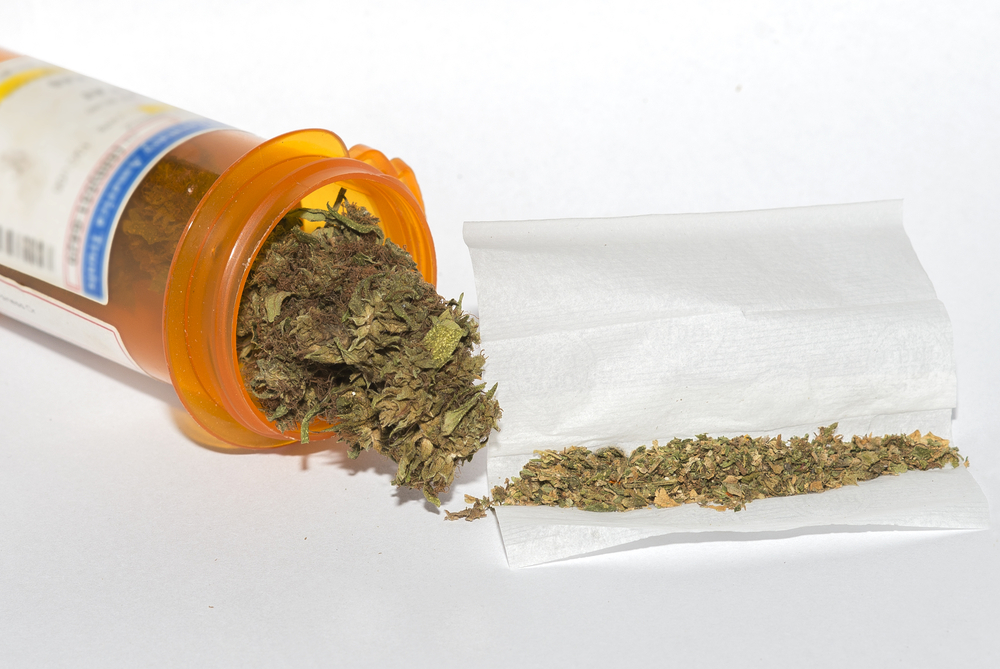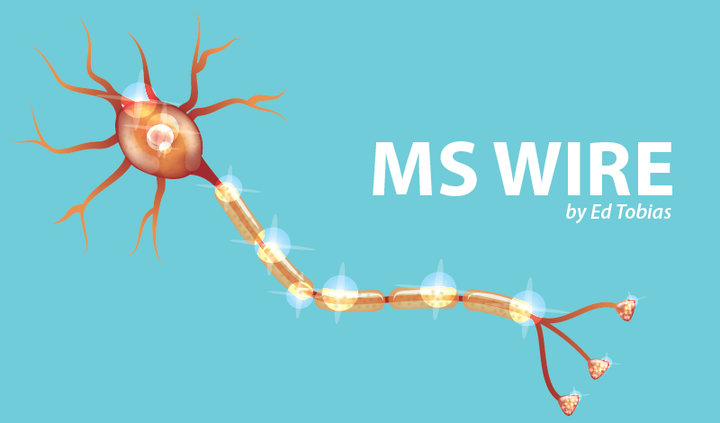Is Medical Marijuana Right for My MS?


The state where I live has legalized medical marijuana (MMJ) and it’s getting ready to open state-licensed marijuana dispensaries. So, I’ve been thinking about using MMJ to treat some of my MS symptoms.
How can MMJ help MS patients?
A 2012 study by researchers at the University of Plymouth in the U.K. reported improvement in the muscle spasms and pain of MS patients. There have been other reports of reduced bladder urgency, faster and better sleep, improved vision, and fewer abdominal problems.
As I’ve considered marijuana, I’ve discovered there are a lot of choices to make and some things that I should know before I’d feel comfortable using MMJ for my MS.
For example, I wanted to know the difference between cannabidiol (CBD) and tetrahydrocannabinol (THC). Both are cannabinoids, compounds that are found in the marijuana (cannabis) plant. And the balance between the two has a major impact on the effect of the marijuana.
What are CBD and THC?
THC is the main active ingredient in cannabis. It’s the part of the plant that provides the “high.” According to the National Institute on Drug Abuse (NIDA), “THC can increase appetite and reduce nausea. THC may also decrease pain, inflammation (swelling and redness), and muscle control problems.” And, there can be a wide range of THC potency between cannabis strains.
CBD doesn’t give you a “high.” In fact, scientists report that CBD has anti-anxiety effects and lessens the intensity of the “high” produced by THC. According to NIDA, CBD “may be useful in reducing pain and inflammation, controlling epileptic seizures, and possibly even treating mental illness and addictions.” It’s said that it promotes calmness without causing you to feel unusual.
The website “Learn About Marijuana,” published by the Alcohol and Drug Abuse Institute at the University of Washington, is a great source of more information about this.
What strain should I use?
There are a lot of marijuana “strains” with all sorts of colorful names like “Blackberry Rhino” and “Girl Scout Cookies.” Many are available for sale in the dispensaries that states have set up to sell medical marijuana products.
On the various MS social media sites, people have lots of favorites. One friend even keeps a list of ratings for those that she’s sampled.

An article on the www.leafly.com website tells the story of how one MS patient uses different strains and different ways of consuming it, depending on the time of day.
“In the evening, he enjoys an indica-infused brownie to help him sleep. During the day, he’ll add a high-CBD infused butter to his omelet or vaporize strains that alleviate fatigue and give him energy.”
Balancing CBD and THC
The difference between strains is due mostly to the ratio between CBD and THC, but how do you determine what that ratio is, or should be, for what you need? The website Green Rush Daily has tried to help with that decision by creating a “10 best” list of marijuana strains for several diseases, including multiple sclerosis. Leafly.com actually rates strains and, like Yelp, offers customer reviews. I can’t vouch for any of this information, but it’s good to look at it just to help you understand how different strains of marijuana may affect you.
One other suggestion: Several of the MMJ users I’ve contacted suggest asking the “budtender” at the dispensary where you buy your MMJ which strain would best serve your needs. Just like asking a sommelier to suggest a wine, I guess.
You’re invited to follow my personal blog at: www.themswire.com.
***
Note: Multiple Sclerosis News Today is strictly a news and information website about the disease. It does not provide medical advice, diagnosis, or treatment. This content is not intended to be a substitute for professional medical advice, diagnosis, or treatment. Always seek the advice of your physician or other qualified health provider with any questions you may have regarding a medical condition. Never disregard professional medical advice or delay in seeking it because of something you have read on this website. The opinions expressed in this column are not those of Multiple Sclerosis News Today, or its parent company, Bionews Services, and are intended to spark discussion about issues pertaining to multiple sclerosis.







Nikki
Everyone is different. For some it may be a 20:1 CBD to THC ratio, for others it may be 4:1. I'm still trying to find my sweet spot ratio but I'm still waiting for my high CBD strains to flower. I don't smoke MMJ, I microdose tincture sublingually several times a day.
Cathie Owings
I have recently tried CBD oil, both sublingually (100 mg) and in capsule form (300 mg) I responded to an ad on Facebook and wonder about price/quality and also what is a good source for this. It helped for pain quite a bit.
Ara
Try a strain called Harlequin. This is a bud that you smoke. It is low in THC and has more CBD. You can stay functional. Seems to help cope with pain as much as anything.
Nora685
I have read many articles about medical marijuana and how it can help you in terms of chronic pain, bone injuries, eating disorder/anorexia, anxiety disorders and panic attacks, inflammation, even cancer and a lot more. Cbd and thc are also new to me and I don’t even smoke. Alternatively, they’ve also found new ways to infuse cannabis on food and beverages. If this is true I can’t find any solid conclusive evidence that speaks to its efficacy. Any personal experience or testimonial would be highly appreciated. Thanks